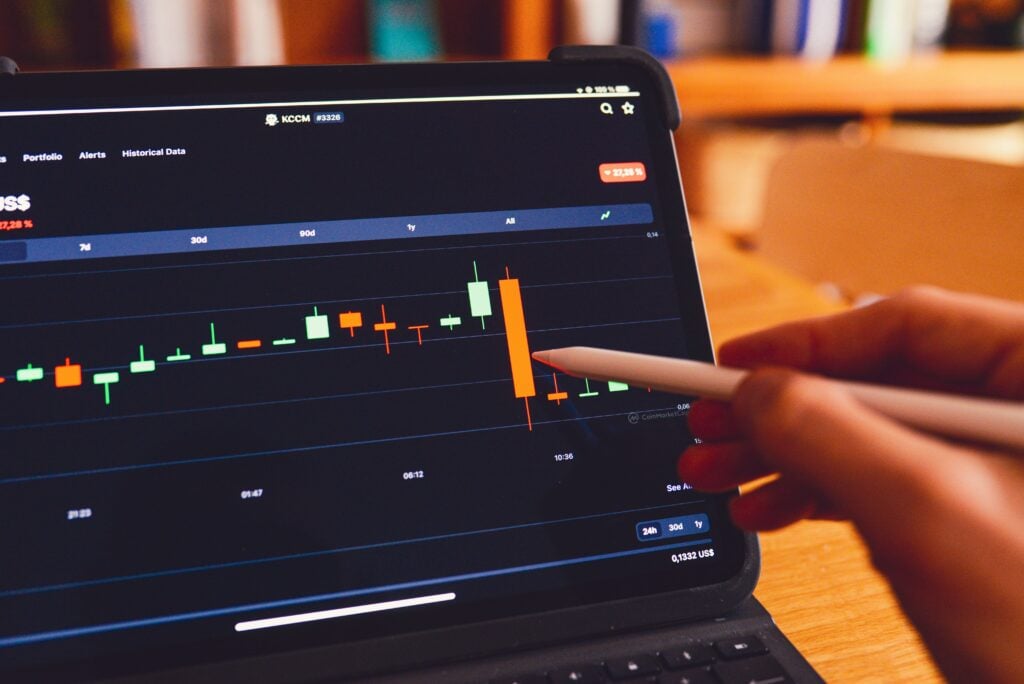In the world of prop trading, drawdown rules are one of the most important factors in a trader’s success or failure. Yet many traders jump into funded accounts without fully understanding how these rules work. One of the most misunderstood concepts is the difference between trailing drawdown and static drawdown.
This article will explain both in simple terms, show how they affect your trading decisions, and help you avoid common mistakes.

What Is Drawdown?
In prop trading, “drawdown” is the amount your account can fall before it is considered a breach. Most prop firms set limits on how much your account can lose from the starting balance or the highest equity point. Once you hit that limit, the account is either failed or liquidated.
Drawdown limits are risk controls. They protect the firm’s capital and encourage traders to manage risk properly. But depending on how the drawdown is calculated, your experience can vary a lot.
Static Drawdown Explained
A static drawdown (sometimes called a fixed drawdown) is simple. The firm sets a loss limit based on your starting balance, and it does not change.
For example:
-
You start with a $100,000 account.
-
The static drawdown is $8,000.
-
Your account can never go below $92,000.
Even if your balance grows to $110,000, the drawdown stays fixed at $92,000. You have more room to lose as you gain profits.
Pros of static drawdown:
-
Easy to understand
-
Less pressure to manage open profits
-
Encourages long-term growth
Cons:
-
You can take large risks early without consequences (which can encourage bad habits)
Trailing Drawdown Explained
A trailing drawdown moves with your profits. But the key detail is how it moves.
Most firms calculate the drawdown based on either:
-
Your highest balance
-
Your highest equity
Let’s use the same $100,000 example:
-
You have an $8,000 trailing drawdown.
-
If your balance grows to $104,000, your trailing drawdown also moves up to $96,000.
-
If your balance falls, the drawdown does not move back down — it stays at the highest level reached.
This means you are always walking a tightrope between growing your account and staying above the loss limit.
Some firms use equity-based trailing drawdowns. This is stricter. It includes open positions. So, if your trade floats up $2,000 and then reverses, your drawdown could trail that peak—even though you never closed the profit.
Pros of trailing drawdown:
-
Encourages risk control
-
Rewards steady growth
-
Helps firms protect against rapid losses
Cons:
-
Less room for error
-
Can lead to stress when holding trades
-
Some traders unknowingly breach on open drawdowns
Why the Difference Matters
The type of drawdown rule directly affects your strategy. Traders who do not adjust their approach often fail challenges—not because they lack skill, but because they misunderstand the rules.
Let’s look at two common situations:
1. Letting Winners Turn to Losers
In trailing drawdown accounts, if you let open profits reverse, you might breach even if your final trade is still above your starting balance.
If your drawdown trails equity, the moment your floating profit peaks, the new loss limit sets. If you fail to close in time, you could violate the rule.
This does not happen with static drawdown.
2. Scaling Too Fast
With trailing drawdown, aggressive scaling is risky. Even if you gain early profits, adding size can raise the chance of violating the loss limit. One sharp reversal can erase your cushion and lead to a breach.
In static drawdown accounts, traders can often scale more freely once they build profit.

What Most Traders Get Wrong
Many traders assume that as long as they stay above their starting balance, they are safe. This is not true for trailing drawdown accounts. The limit moves, and if you do not track it carefully, you can lose your account even while in profit.
Others do not realise that equity-based drawdowns mean unrealised profits can shift your drawdown. Holding trades overnight, or through volatile sessions, adds exposure.
Still others assume all prop firms use the same system. They do not. Some use trailing only during evaluation and switch to static after funding. Others use trailing throughout. The terms vary across firms.
How to Adapt Your Trading
To succeed, you need to align your strategy with the drawdown model.
For Static Drawdown:
-
You have more freedom to swing trade.
-
It is safer to build cushion before increasing lot size.
-
You can hold trades longer without drawdown pressure.
For Trailing Drawdown:
-
Close profits early, especially in early stages.
-
Track your equity peaks daily.
-
Avoid leaving large trades open during high-volatility times.
-
Focus on smaller, consistent gains.
How TradingFunds Handles Drawdown
At TradingFunds, we use different drawdown models based on the account type—each designed to give traders clarity and control.
-
Our 2-step evaluation uses a static drawdown, so your loss limit stays fixed at a set level from the start.
-
Our Flex Challenge, 1-step evaluation, and Instant Funding accounts use a trailing drawdown with a lock.
Unlike some firms where the trailing limit continues to move with every profit, our trailing drawdown locks at the initial balance. That means once your account reaches break-even, the drawdown stops trailing. This gives you a clearer path forward and reduces the risk of breaching due to open profit reversals.
What makes our approach different:
-
Transparent drawdown rules with no hidden changes
-
Clear tracking so you always know your limit
-
A trailing lock that helps protect your gains
We believe traders perform better when the risk environment is clear. Our models are designed to reduce stress and support consistent execution, whether you are just starting or already funded.
Final Thoughts
Drawdown rules are not just technicalities. They shape the way you trade, manage risk, and think about profit-taking. Misunderstanding them can lead to unnecessary failure, even when your strategy is solid.
Take time to understand whether your prop firm uses static or trailing drawdown. Know whether it follows balance or equity. Track your progress daily. And adjust your strategy to fit the structure.
Clarity beats guesswork. When you understand the rules, you give yourself the best chance to win.

